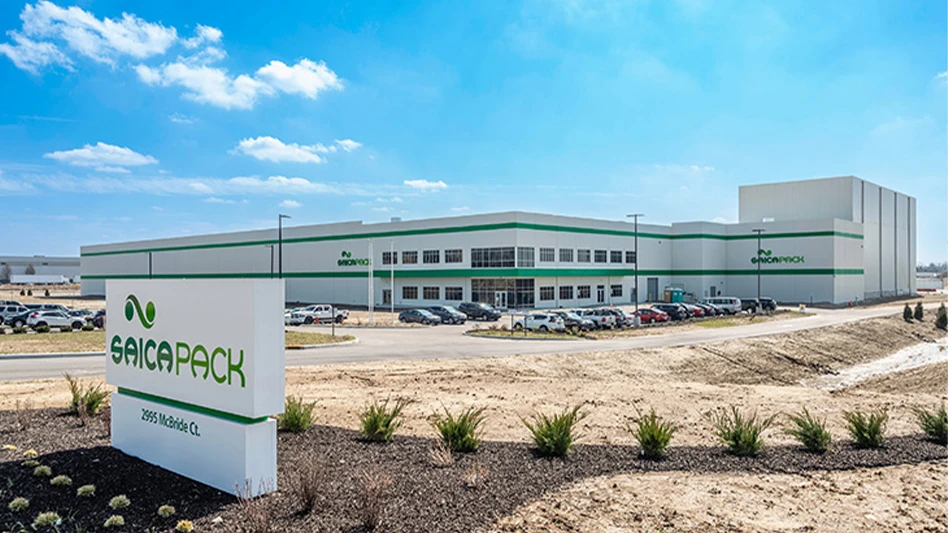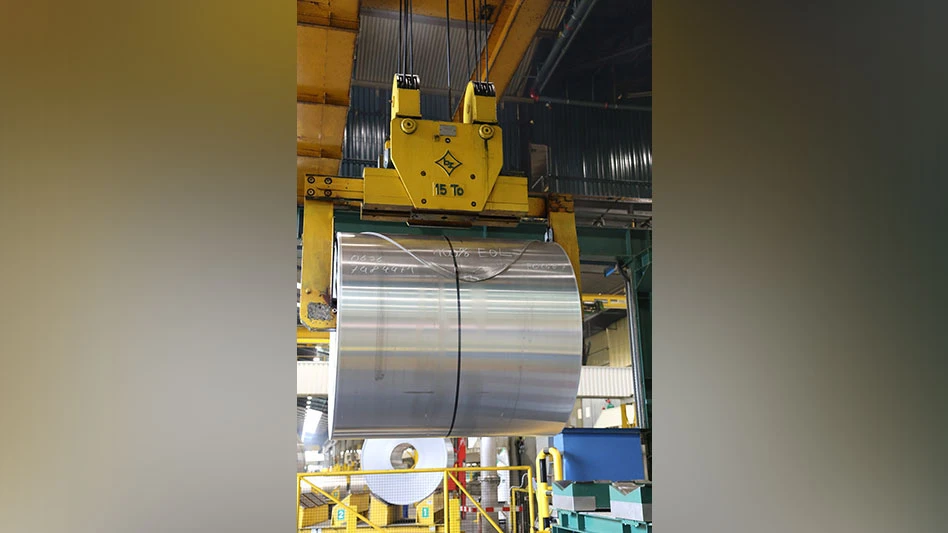
Prostock-studio | stock.adobe.com
The Reducing Embodied-Energy and Decreasing Emissions (REMADE) Institute, a West Henrietta, New York-based public-private partnership established by the U.S. Department of Energy (DOE), has announced $19.6 million in new technology research, selecting 14 new research, development and demonstration projects as part of its latest round of funding.
Half the projects involve research at the demonstration phase, which REMADE says responds to the nation’s need to meet multiple U.S. energy, environmental and economic goals.
"These projects underscore the importance of manufacturing and materials innovations toward advancing a circular economy," says Christopher Saldaña, director of DOE’s Advanced Materials and Manufacturing Technologies Office. "The partnership between DOE and the REMADE Institute serves as a conduit for catalyzing transformative practices that not only bolster America's manufacturing expertise, but also accentuate our nation's commitment to environmental stewardship."
According to DOE, manufacturing accounts for 25 percent of U.S. energy consumption at a cost of approximately $150 billion. Based on data from the U.S. Environmental Protection Agency (EPA), industry is the single largest contributor to greenhouse gas emissions in the nation, at 30 percent.
REMADE CEO Nabil Nasr says these are just some of the reasons why a circular approach to manufacturing is important.
“A circular economy is imperative,” Nasr says. “It’s critical in reducing industry’s energy consumption and emissions in the race to net-zero by 2050. At the same time, a circular approach is vital to increasing U.S. manufacturing’s competitiveness, increasing the resiliency of the nation’s supply chain and creating new clean economy jobs.”
This latest round of investment, the institute’s sixth, is cost-shared between DOE’s investment in REMADE and the funding recipients. Of the 14 new projects, several involve new partners for REMADE.
REMADE Chief Technology Officer Magdi Azer says the Institute’s research seeks to increase circularity for four energy-intensive material classes: metals, plastics/polymers, fibers and electronic scrap.
“REMADE’s projects address multiple aspects of the circular economy, including systems analysis, circular design, remanufacturing and reuse, recovery and recycling,” Azer says. “These latest R&D [research and development] projects will, for example, explore better ways to remanufacture cast iron components; remove contaminants from molten aluminum scrap; convert the midsoles of used shoes into a newer, more sustainable foam for footwear; develop machine learning tools to advance the sorting of textiles; design recyclable multilayer flexible packaging; and increase machine learning tools to better determine the state of health for used hybrid and electric vehicle batteries.”
Since the institute’s founding in 2017, REMADE has launched or selected nearly 100 R&D projects, representing a total combined value of nearly $100 million. According to REMADE, these projects develop technologies that, once fully implemented, are capable of:
- reducing the use of raw or virgin materials by more than 45.4 million tons per year;
- increasing the supply and use of recycled materials by more than 45.4 million tons per year;
- saving approximately 1.39 quads of embodied energy per year; and
- decreasing greenhouse gas emissions by more than 89 million tons per year.
In addition to the 14 R&D projects, REMADE also selected an education and workforce development project for funding.
REMADE invites those interested in learning more about the institute and its efforts to attend the REMADE Circular Economy Technology Summit & Conference April 10-11 in Washington. In preparation for the event, REMADE recently issued its call for papers. Submissions from academic researchers, industry innovators and others, including international experts, are strongly encouraged. Papers will be peer-reviewed and published in the conference proceedings, which will be available next fall.
Latest from Recycling Today
- Green Cubes unveils forklift battery line
- Rebar association points to trade turmoil
- LumiCup offers single-use plastic alternative
- European project yields recycled-content ABS
- ICM to host colocated events in Shanghai
- Astera runs into NIMBY concerns in Colorado
- ReMA opposes European efforts seeking export restrictions for recyclables
- Fresh Perspective: Raj Bagaria





